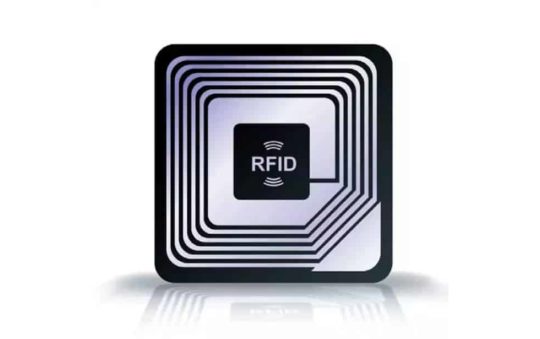You may not have tried it for yourself yet, but chances are good that you have at least heard of BitTorrent, a peer-to-peer file-sharing technology gets more popular everyday.
by Joseph Moran
Even if you haven’t actually gotten around to trying it yet, you’ve probably still at least heard of the peer-to-peer (P2P) file-sharing technology called BitTorrent that becomes more popular with each passing day.
BitTorrent operates differently from previous P2P applications that you may be familiar with such as Kazaa, LimeWire or others, so here’s a basic primer on how BitTorrent works and how to use it.
For starters, although the term BitTorrent can refer to a specific software utility that you can download at BitTorrent.com, it’s more commonly used to describe a file-sharing protocol used by that application and dozens of other BitTorrent clients that have come out (many of which are variants or derivatives of the original) since the first debuted more than five years ago. Two of the more popular BitTorrent clients these days are uTorrent, which runs on Windows 2000/XP/Vista and Azureus, which is written in Java so it will run on Windows, Mac and Linux systems.
So how exactly is BitTorrent different? Well, P2P file-sharing applications such as the mentioned above usually work by copying an entire file between a pair of computers in a single long transfer. In a conventional P2P sharing scenario, the party that wants to download a particular file uses a directory to locate a specific system that has a copy and needs to link with that system to get the file.
This is a perfectly effective way to get a file from point A to point B, but it’s often not an especially efficient one for either the sender or receiver. The party with the file must dedicate significant computing resources, (bandwidth in particular) for that file to be available. If too many people want too many files (or the same file) on one system, that system and its Internet connection can quickly become overloaded, which is bad for everybody.
By contrast, BitTorrent, uses a method of file sharing that offers greater efficiency and redundancy. With BitTorrent a file is downloaded in small chunks that are spread out across lots of different systems — it might be dozens, hundreds or even thousands depending on the popularity of the file in question. When you download a file via BitTorrent, you’re basically doing it in parallel, getting different parts of the file from many different sources at the same time. Even better, with BitTorrent you can get pieces of a file from systems that don’t have a complete copy of it themselves.
In BitTorrent parlance, systems with complete copies of a file are called seeds, those with partial copies are known as peers, and a group of systems linked together for the purposes of transferring a given file is called a swarm. BitTorrent’s distributed model not only minimizes the bandwidth load on any individual system with the file, it provides the downloader multiple sources so that if any go offline while the transfer is in progress, there are typically many more to turn to. (This is handled automatically by the BitTorrent protocol.)
Another benefit of BitTorrent is that file downloads don’t have to be in sequential order but instead progress based on what chunks are available at any given moment. With BitTorrent, you begin sharing the parts of the file you have with other peers pretty much as soon as your download begins. Most BitTorrent clients are configured to download the rarest pieces of a file first — the ones that that relatively few systems possess — in case they’re no longer available later on once a file download nears completion. Once you’re BitTorrent client has downloaded an entire file, it in turn begins “seeding” the file to other peers.
If you’re running Windows, a quick and easy way to get your feet wet with BitTorrent is with the aforementioned uTorrent. uTorrent is a miniscule download (it’s barely 200Kb) and you can run it directly from a single executable file — since there’s no install routine to run, getting it on (or off) your system is a simple matter.
To find file torrents, you can use one of numerous specialized BitTorrent search engines (clients typically provide links to several) or simply use Google. To initiate a download, locate a .torrent file and open it with your BitTorrent client. The .torrent file contains gives your client all the information it needs to begin downloading the file.
When using BitTorrent, it’s important to keep in mind that while downloads can be fairly quick for popular files with lots of seeds and peers, they can be quite slow for less popular files with relatively few of them. In some cases, BitTorrent downloads can often take many hours or even days to complete, irrespective of how fast your Internet connection is. Also, BitTorrent download speeds are typically not constant — they start out slow and increase in speed as more peers connect to each other and the swarm grows.
Another potential issue to be aware of is that some ISPs (Comcast is reportedly one of them) block, filter or otherwise interfere with BitTorrent traffic on their networks. These measures generally don’t prevent you from using BitTorrent, but they can slow transfers and cause other problems, such as overall reduced performance of your Internet connection.
Last but not least, when you use BitTorrent or any other P2P file-sharing technology, you will find plenty of public domain material available along with lots of copyrighted content available for download. Remember that just because something is there for the taking doesn’t mean it’s legal to take it.
Joe Moran is a regular contributor to PracticallyNetworked.




